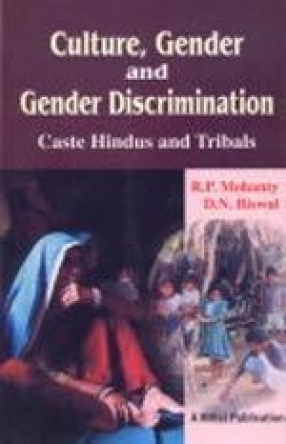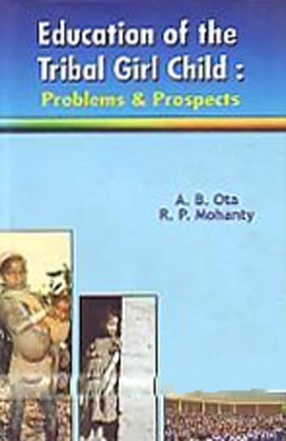This book, as a pioneering piece of work attempts to focus the strategy of functioning of primary schools established in tribal areas by government and non-government agencies. It has highlighted how do these schools perform comparatively in two eastern Indian states, namely Orissa and Chhattisgarh in which quite a good number of tribal people have been residing since time immemorial as the autochthones. The study is broadly divided into two parts. In the first part, it has highlighted the stimulants provided by the concerned agencies and the basic educational amenities available for both the students as well as teachers and how these institutions perform with particular reference to enrolment and attendance of pupils, retention and dropout rates, mental ability of students, students passed in annual examinations and the percentage of marks secured by them etc. Moreover, the book has also focused the causes of irregular attendance and dropout among the pupils as pointed by different category of respondents, like parents of both the continuing students as well as the dropouts, teachers, dropouts and the current students. The second part constitutes the recommendations that are based on the findings of the study and the existing educational system of the government and it is very justifiably argued that the whole primary educational system would gain ground in tribal areas if the suggestions are implemented without any narrow political motives. The book is very useful for the academicians, researchers, students, administrators, public action planners, civil societies and all those who are interested in this area of study.
Culture, Gender and Gender Discrimination Caste Hindu and Tribal
India is a multi-ethnic ...
$32.40
$36.00









There are no reviews yet.